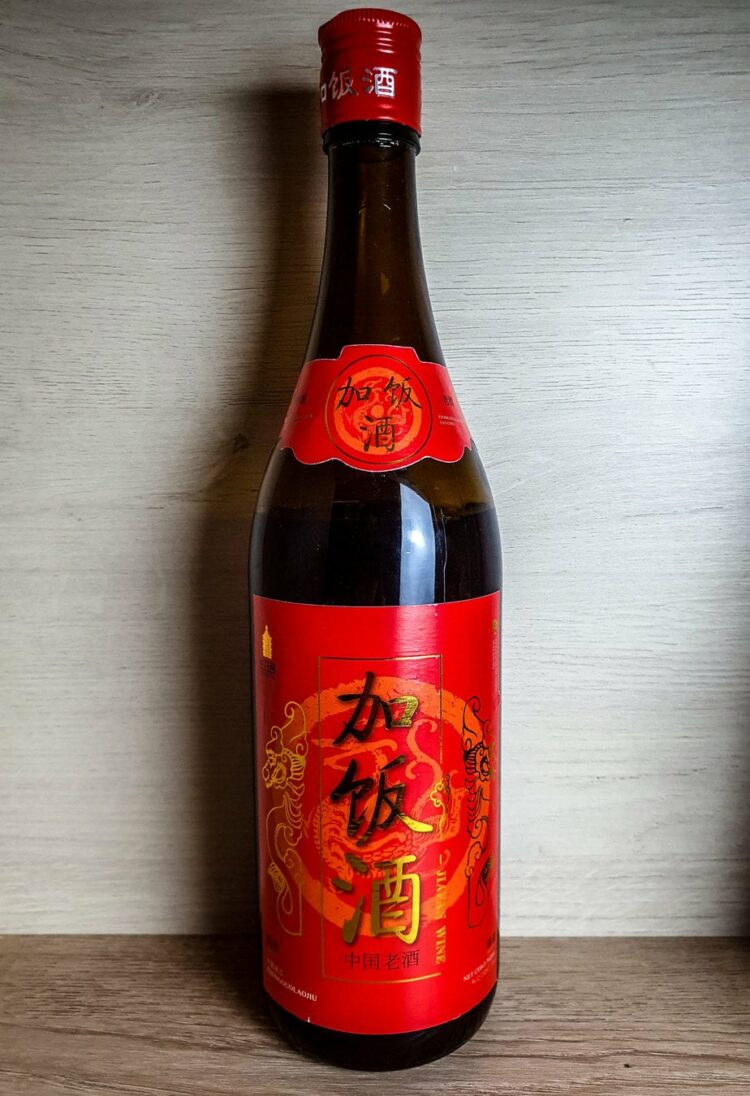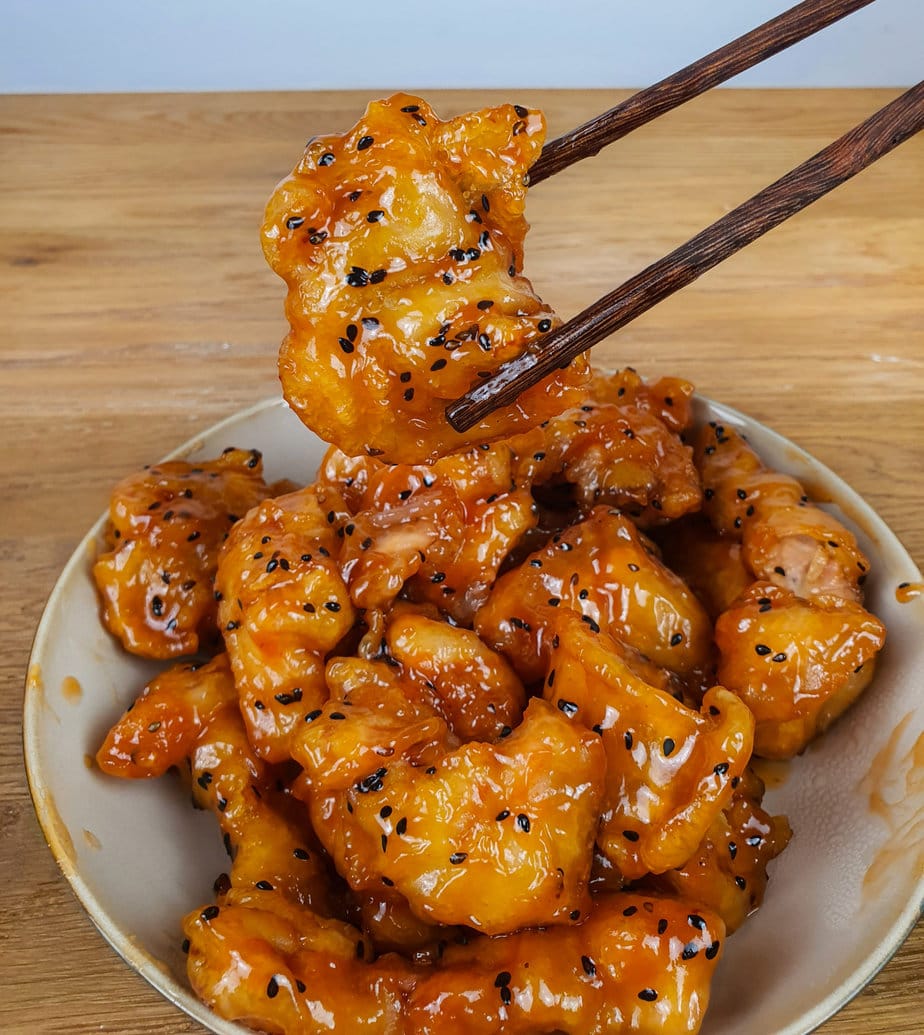Shaoxing wine is perhaps the most mentioned ingredient on my site that you’ve never heard of (and you let me know in the comments!).
If you’ve ever wondered why your homemade Chinese food doesn’t taste like what you’d get in a restaurant, Shaoxing wine is probably the key element you’ve been missing!
I use Shaoxing wine in many recipes, whether for stir-fries, marinades or anything else: IT’S EVERYWHERE. From stir-fried beef with broccoli to red pork or chicken with onions, to caramel chicken and rice stir-fried with chicken.
In short, if you’re a regular reader of my site, you absolutely must have it in your closet.
But what exactly is Shaoxing wine? Where can you buy it? Are there any substitutes? I’ll try to give you all this information in a single article.
What is shaoxing wine?
Shaoxing wine, or shàoxīng jiǔ (绍兴酒), is a type of Chinese rice wine originating from Shaoxing, a city in China’s Zhejiang province famous for rice wine production.
It’s a key ingredient in many dishes, and will allow you to finally recreate that authentic restaurant flavor you may find difficult to achieve at home.
First mentioned over 2000 years ago, Shaoxing wine is one of the oldest forms of rice wine in China.
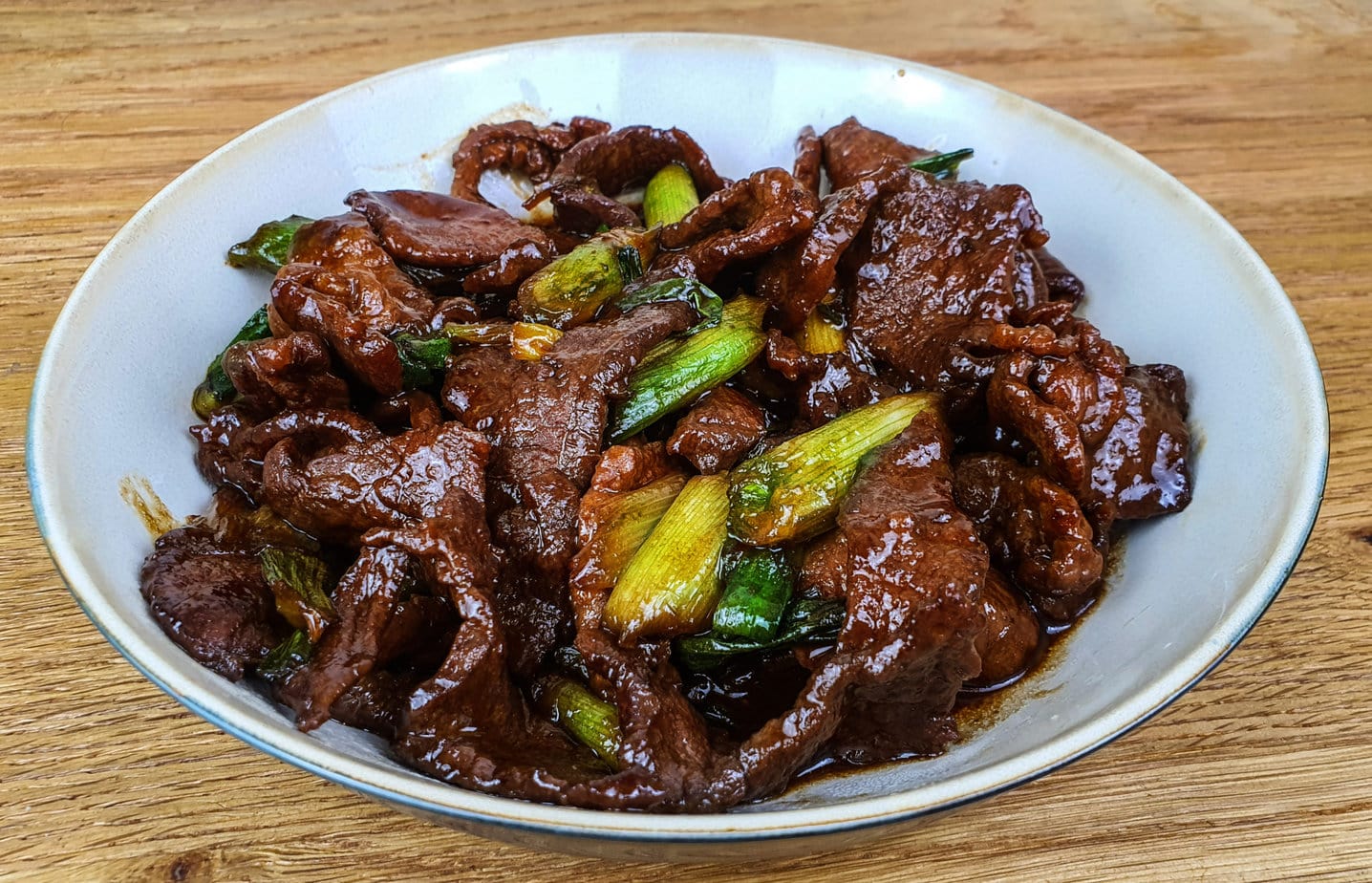
The production process involves the fermentation of rice, water and a small amount of wheat. Clear rather than cloudy, it has a dark amber color, with a slightly sweet, fragrant aroma.
Aged Shaoxing wine can be consumed as a beverage, usually reheated beforehand. For cooking, however, the use of low-quality Shaoxing wine with added salt is preferred.
Salt? Yes, we do this to avoid a whole host of regulations on alcoholic beverages that exist in many countries.
This amber-colored rice wine differs from clear rice cooking wine, or mǐjiǔ (米酒), in that it has a more nuanced and deep flavor.
Comparing the lighter flavor of rice wine to Shaoxing wine is like the difference between using salt or light soy sauce. One will be purely salty, while the other will add a much richer flavor to the dish.
How to use shaoxing wine
Like the use of wine in Western dishes, Shaoxing wine adds richness and dimension to dishes.
It can be used in marinades for meats, as a flavoring agent in dim sum fillings, to deglaze a wok and enhance the taste of stir-fries, or to add flavor to sauces and stews.
I can even go so far as to say that the vast majority of my savoury recipes contain shaoxing wine. To taste it is to adopt it.
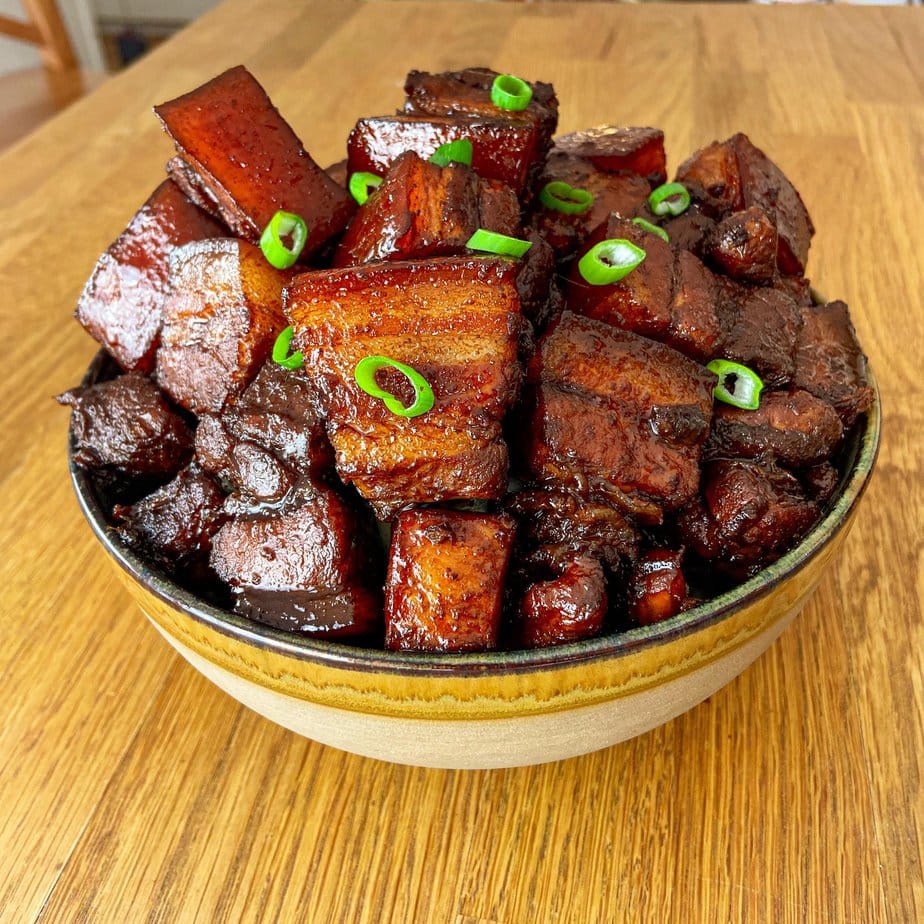
How to store shaoxing wine?
Just put it in a cool, dark place and keep it closed. It will keep in the cupboard for about 6 months, in my experience.
If you don’t use it very often, you can refrigerate it to keep it even longer. It’s alcohol, after all, and generally keeps well over time.
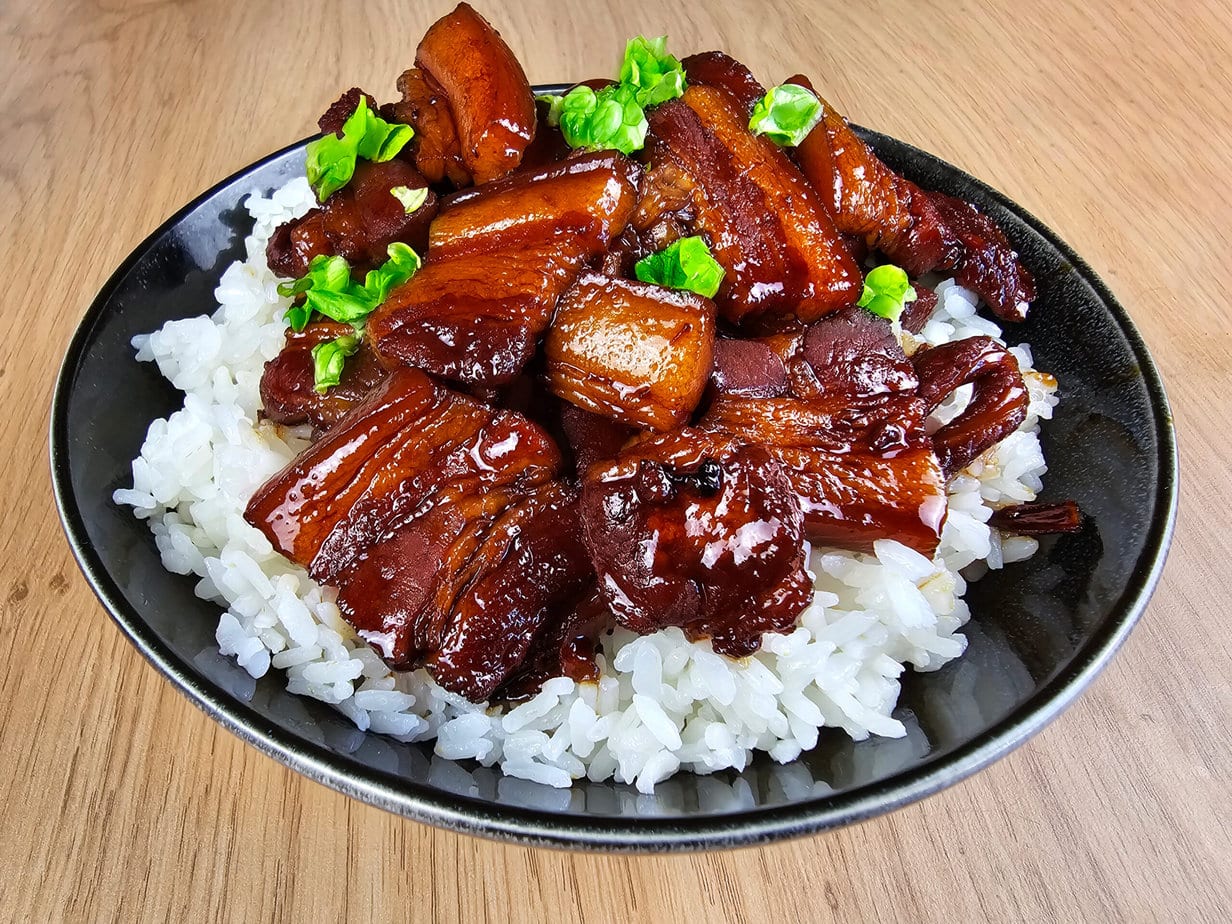
Shaoxing wine substitutes
Ah la la. Here we are, unfortunately that’s probably why you’re on this article (and know that it makes me very sad 🙁 ). Anyway, let’s talk about how to replace shaoxing wine.
If you want to cook Chinese food at home often, I strongly suggest heading to your nearest Asian store to buy a bottle (it can also be purchased online here on Amazon.
But at double or triple the price of store-bought), because you’ll be using it in the vast majority of dishes you cook, and its flavor really makes all the difference.
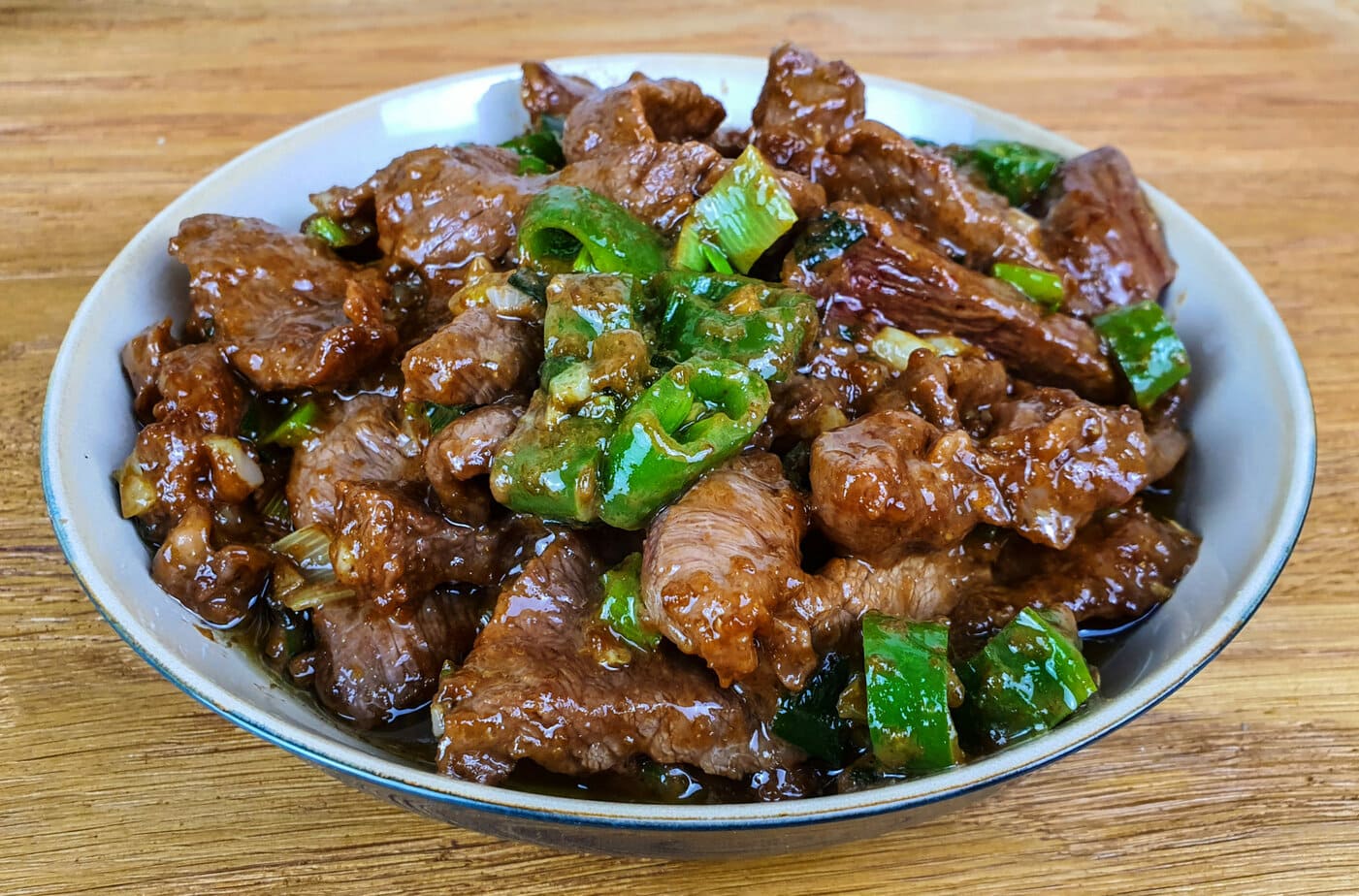
However, if you really can’t find any, the most common substitute I recommend is cooking sherry, which is readily available in many supermarkets.
If you have any, you can also replace it with any other Chinese rice wine. In small quantities, you can also substitute Japanese/Korean wines such as soju or sake.
Another very common Japanese rice wine called mirin can also be used as a last resort. Just be aware that the dish won’t taste authentically Chinese, and you’ll probably need to remove any added sugar called for in the recipe, as mirin is much sweeter than Shaoxing wine.
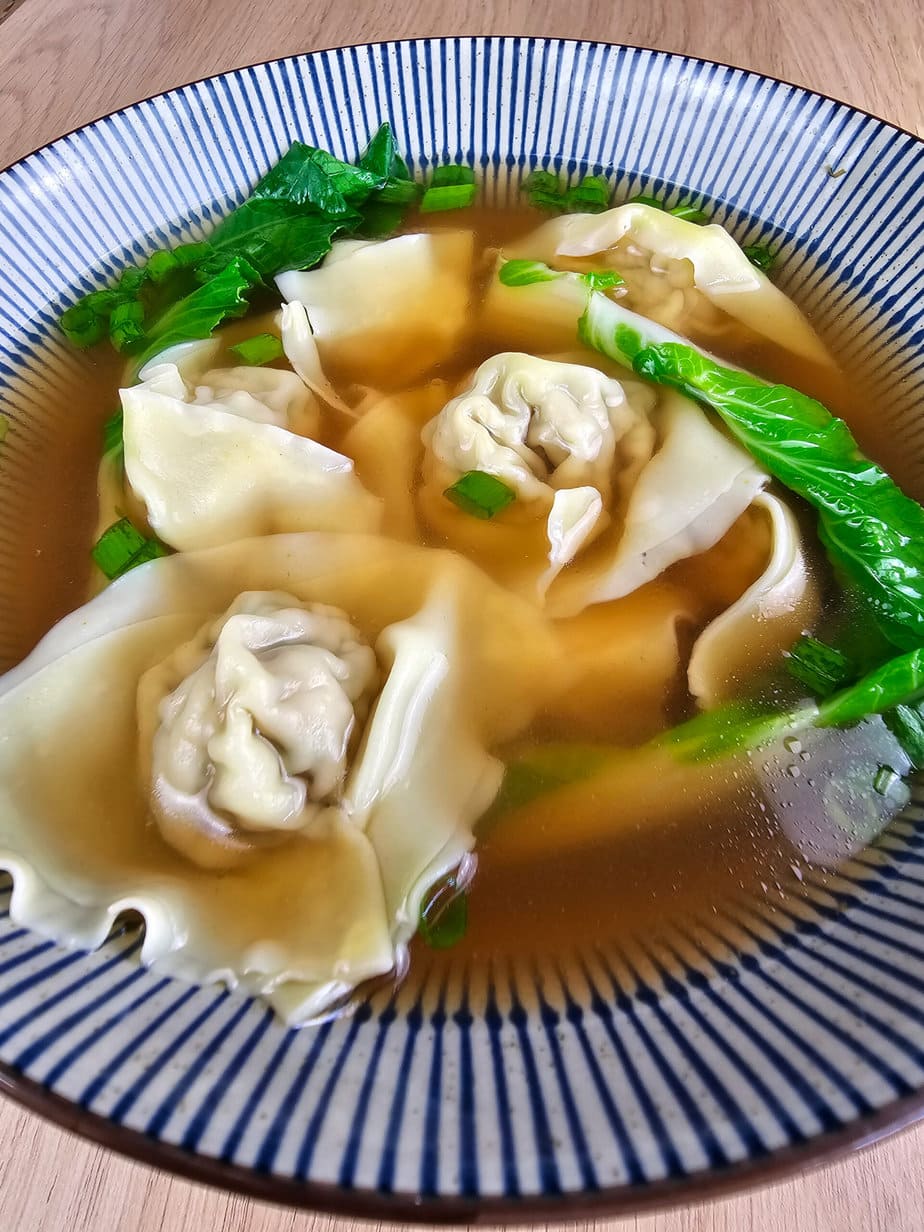
Can’t drink alcohol? Then substitute pork, mushroom or vegetable stock for stir-fry sauces. If the recipe calls for less than a tablespoon, you can omit it without drastically affecting the taste.
